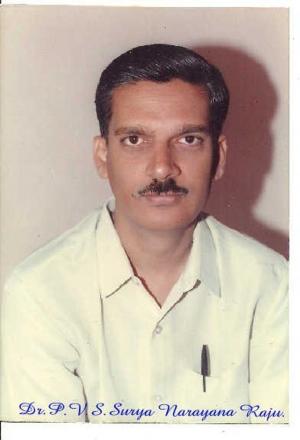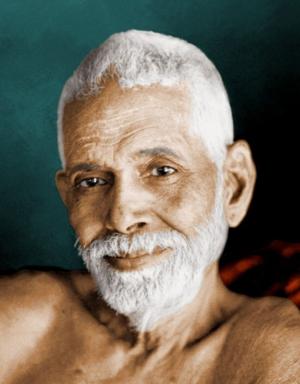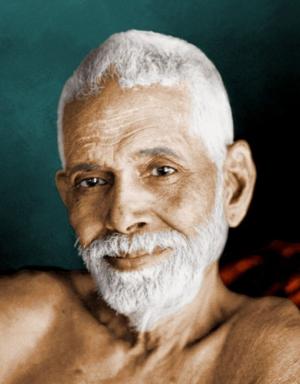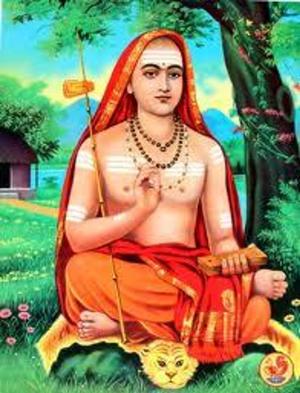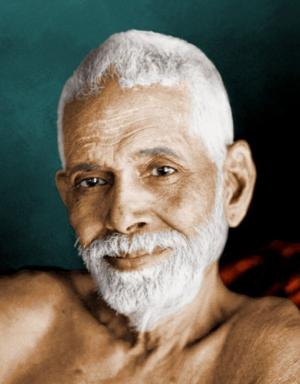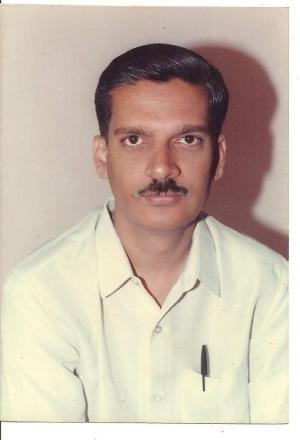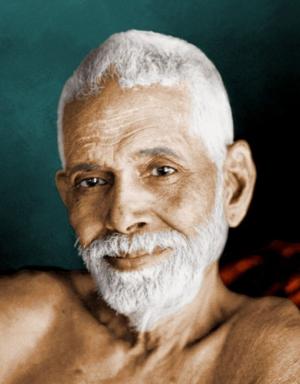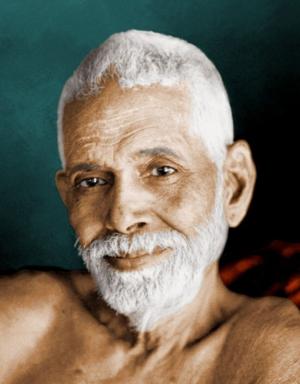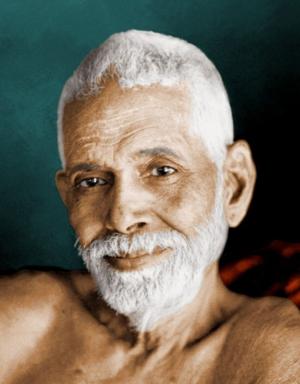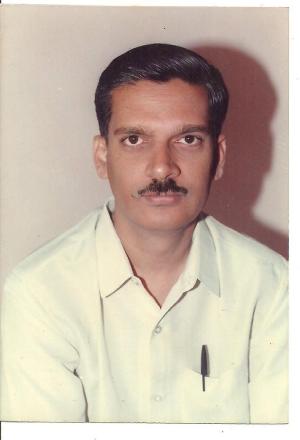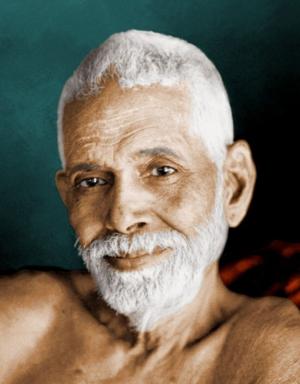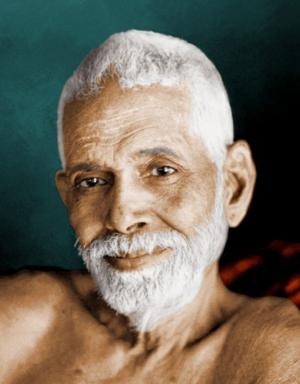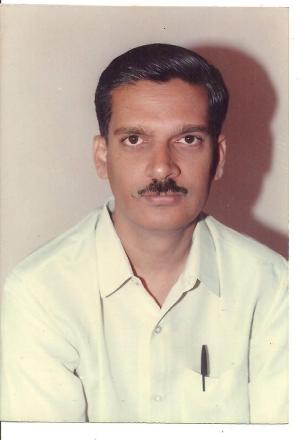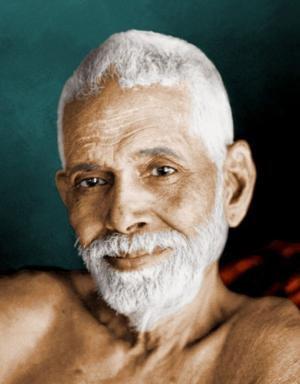| Author: | P.V.S. Suryanarayana Raju | ISBN: | 9781465920003 |
| Publisher: | P.V.S. Suryanarayana Raju | Publication: | January 21, 2012 |
| Imprint: | Smashwords Edition | Language: | English |
| Author: | P.V.S. Suryanarayana Raju |
| ISBN: | 9781465920003 |
| Publisher: | P.V.S. Suryanarayana Raju |
| Publication: | January 21, 2012 |
| Imprint: | Smashwords Edition |
| Language: | English |
TRAVELS THROUGH SACRED INDIA
by Roger Housden
GURUS AND ASHRAMS
There could hardly be two people more different than Poonja and Sri Nannagaru, though both of them ascribe their awakening to the grace of Sri Ramana Maharshi, Sri Nannagaru has spent much of his life as a farmer in a village of Andhra Pradesh, in the region of the Godavari river. Some 20 years ago, a saint came to him in a dream and kissed him on the cheek. Some time later, he saw an advertisement in the newspaper for a book on spirituality. The advertisement caught his eye, and he sent off for the book. When he opened it, he found the photo of the same saint who had kissed him. It was Sri Ramana Maharshi, whom he had never heard of before. He made a pilgrimage to Sri Ramana's ashram at Arunachala, and returned frequently, over the ensuing years, though Sri Ramana had died some 15 years previously. His whole life began to turn on Sri Ramana’s teachings, and he began to preach Sri Ramana’s message in his neighbourhood. Then, some years later, he was in Ramanashram when, in the morning, between sleeping and waking, he - as he put it to me - felt his mind falling once and for all into his heart. From then on he was a changed man. It was as if he was living by a force other than the ordinary personality, which had gone into abeyance. People begin to see him as their guru instead of a preacher, and his name quickly spread throughout Andhra Pradesh. Today, he travels throughout south India, staying at the home of one or another of his disciples for a few days, then moving on. Whenever he arrives somewhere, people from that area come all day long with their problems and pleas for help. He listens to them all with deep attention, blesses them, sits in silence with them, gives a talk sometimes to the gathered assembly. He is the archetype of the traditional Indian guru - a soul doctor, a counsellor, a friend, a wise guide in the affairs of life, and for those few who want it, a spiritual presence and teacher.
I first came across Sri Nanna garu in Ramanashram, at Tiruvannamalai, in the last days of 1993. A friend had told me that a guru was giving darshan near the library that evening. Arunachala and Sri Ramana’s were sufficient for me, I thought; I felt no particular attraction for the darshan of yet another guru. It happened that the library was next to my room, however, and as I returned from the cave that evening I saw a crowd of westerners outside sitting in silence before a man in his early 60s who was sitting on a chair. At his feet were a bevy of well-dressed Indian women. They were all gazing at the man intently. The man’s eyes were drifting slowly from one person to another. I couldn’t help feeling that he looked like the corner shop grocer. Every now and then he let out a prolonged belch, and rubbed his stomach.
TRAVELS THROUGH SACRED INDIA
by Roger Housden
GURUS AND ASHRAMS
There could hardly be two people more different than Poonja and Sri Nannagaru, though both of them ascribe their awakening to the grace of Sri Ramana Maharshi, Sri Nannagaru has spent much of his life as a farmer in a village of Andhra Pradesh, in the region of the Godavari river. Some 20 years ago, a saint came to him in a dream and kissed him on the cheek. Some time later, he saw an advertisement in the newspaper for a book on spirituality. The advertisement caught his eye, and he sent off for the book. When he opened it, he found the photo of the same saint who had kissed him. It was Sri Ramana Maharshi, whom he had never heard of before. He made a pilgrimage to Sri Ramana's ashram at Arunachala, and returned frequently, over the ensuing years, though Sri Ramana had died some 15 years previously. His whole life began to turn on Sri Ramana’s teachings, and he began to preach Sri Ramana’s message in his neighbourhood. Then, some years later, he was in Ramanashram when, in the morning, between sleeping and waking, he - as he put it to me - felt his mind falling once and for all into his heart. From then on he was a changed man. It was as if he was living by a force other than the ordinary personality, which had gone into abeyance. People begin to see him as their guru instead of a preacher, and his name quickly spread throughout Andhra Pradesh. Today, he travels throughout south India, staying at the home of one or another of his disciples for a few days, then moving on. Whenever he arrives somewhere, people from that area come all day long with their problems and pleas for help. He listens to them all with deep attention, blesses them, sits in silence with them, gives a talk sometimes to the gathered assembly. He is the archetype of the traditional Indian guru - a soul doctor, a counsellor, a friend, a wise guide in the affairs of life, and for those few who want it, a spiritual presence and teacher.
I first came across Sri Nanna garu in Ramanashram, at Tiruvannamalai, in the last days of 1993. A friend had told me that a guru was giving darshan near the library that evening. Arunachala and Sri Ramana’s were sufficient for me, I thought; I felt no particular attraction for the darshan of yet another guru. It happened that the library was next to my room, however, and as I returned from the cave that evening I saw a crowd of westerners outside sitting in silence before a man in his early 60s who was sitting on a chair. At his feet were a bevy of well-dressed Indian women. They were all gazing at the man intently. The man’s eyes were drifting slowly from one person to another. I couldn’t help feeling that he looked like the corner shop grocer. Every now and then he let out a prolonged belch, and rubbed his stomach.


